#martina arroyo
Text




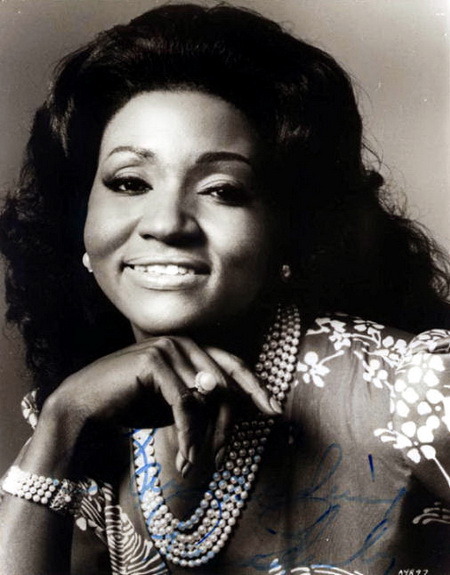

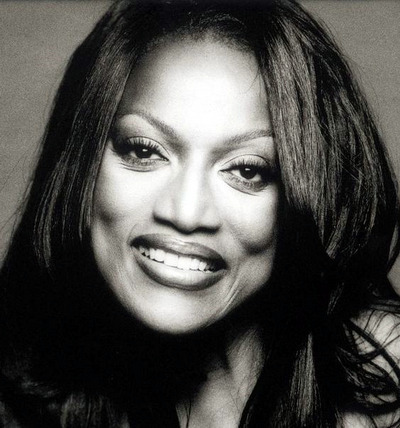


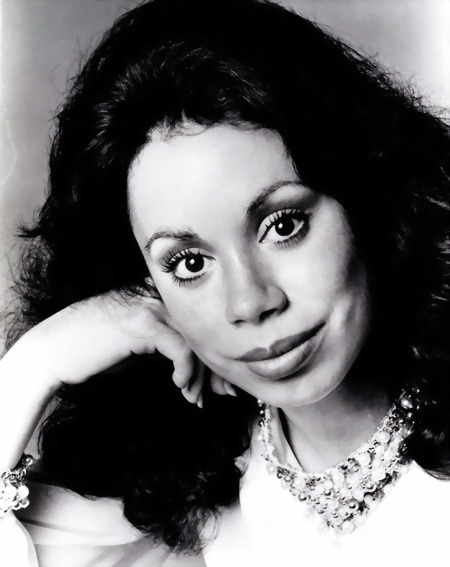
Black History Month: Some of the greatest African-American opera divas of the 20th century: Marian Anderson, Leontyne Price, Shirley Verrett, Reri Grist, Grace Bumbry, Martina Arroyo, Jessye Norman, Kathleen Battle, Leona Mitchell and Maria Ewing.
#marian anderson#leontyne price#shirley verrett#reri grist#grace bumbry#martina arroyo#jessye norman#kathleen battle#leona mitchell#maria ewing#legendary#opera divas#opera icons
51 notes
·
View notes
Text



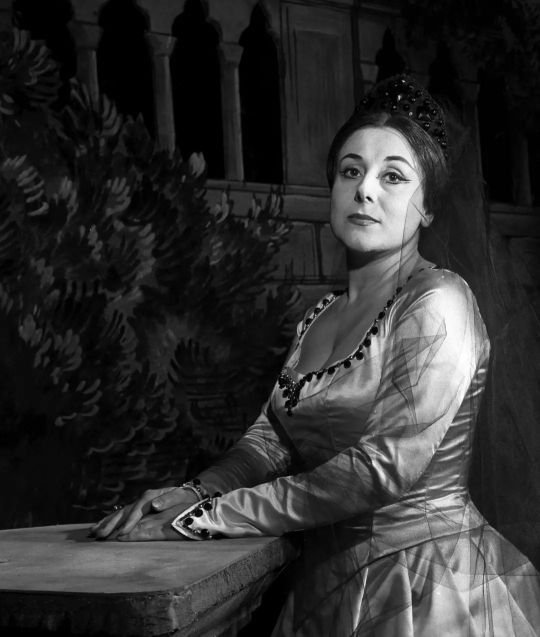
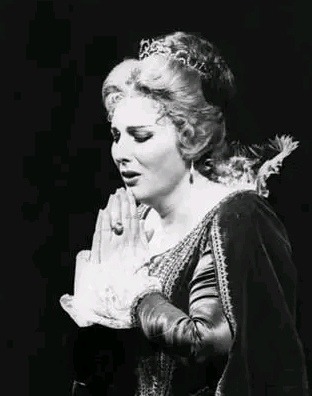

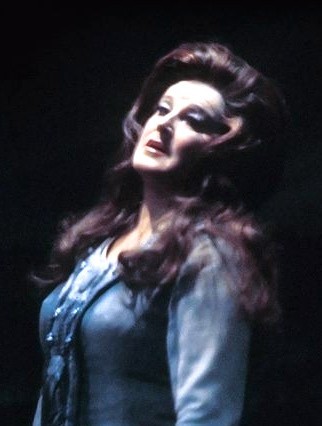



#great sopranos#birgit nilsson#gabriella tucci#ghena dimitrova#marcella pobbe#renata scotto#beverly sills#elizabeth schwartzkopf#martina arroyo#antonietta stella
4 notes
·
View notes
Video
youtube
1966 - Production : Pierre Schaeffer, le Groupe de Recherches Musicales du service de la recherche de l'ORTF Une émission de Luc Ferrari Réalisation S.G. Patris Martina Arroyo (Soprano solo) Orchestre et choeurs West Deutcher Rundfunk Chef des choeurs : Herbert Schernus, Orgues Alois et Alfons Kontarsky
Dans la salle de répétition d'un studio de Cologne, Stockhausen évoque la genèse et la signification de cette oeuvre d'amour : "Je ne vis pas d'histoire, je ne vis que des moments." Ce sont ceux que le compositeur a voulu recréer musicalement qui se succèdent ici, se rencontrent et se surimpressionnent dans l'écoute.
"Momente n'est pas une histoire inventée, c'est une oeuvre qui n'existe que par le degré de présence de chaque évènement. Ces moments ne s'expliquent que par le passé et l'expérience, et ne sont là que pour créer l'espoir d'autres moments à vivre".
(via Karlheinz Stockhausen : Momente - YouTube)
29 notes
·
View notes
Text

Today In History
Grace Bumbry, famed mezzo-soprano opera singer, was born January 4, 1937 in St. Louis, Missouri. She was a member of a pioneering generation of singers beginning with Leontyne Price and including Martina Arroyo, Shirley Verrett, Jessye Norman, Kathleen Battle, and Reri Grist, who succeeded Marian Anderson in the worlds of opera and classical music.
They paved the way for future generations of African American opera and concert singers. Bumbry’s voice was rich and dynamic, possessing a wide range, and was capable of producing a very distinctive plangent tone.
CARTER™ Magazine
#carter magazine#carter#historyandhiphop365#wherehistoryandhiphopmeet#history#cartermagazine#today in history#staywoke#blackhistory#blackhistorymonth#Grace bumbry
65 notes
·
View notes
Text
Martina Arroyo
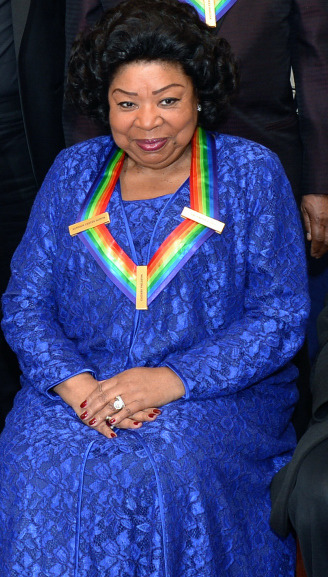
Opera singer Martina Arroyo was born in New York City in 1937. Arroyo made her Carnegie Hall debut in 1958, and went on to earn recognition performing major roles throughout Europe. She gave 199 performances at the Metropolitan Opera, and performed at Paris Opera, La Scala, and Teatro Colon. Arroyo has also done over 50 studio recordings. In 1976, she was appointed to the National Council on the Arts by President Gerald Ford. In 2002, she became a Fellow of the American Academy of Arts and Sciences. In 2013, Arroyo received a Kennedy Center Honor.
23 notes
·
View notes
Text
Many great divas of the last thirty to forty years have been African Americans: Grace Bumbry, Martina Arroyo, Shirley Verrett, Leona Mitchell, Betty Allen, Mattiwilda Dobbs, Kathleen Battle, Leontyne Price, Jessye Norman. And yet, until recently, opera was a white enterprise. Most opera houses forbade women or men of color from singing or attending. Few blacks attended the Metropolitan Opera, even in the absence of strict segregation policies, and no blacks sang leading roles there until Marian Anderson made her postprime debut in 1955 as Ulrica the gypsy witch in Un Ballo in Maschera. Rosalyn M. Story's recent study, And So I Sing: African-American Divas of Opera and Concert, details a long history of African-American women achieving fame either through recital work or through operatic performances in all-black companies.
In Jean-Jacques Beineix's film Diva, the diva, Wilhelmenia Wiggins Fernandez, an American woman of color, subverts the traditional image of the white diva and reminds us that divas, though usually white, have been linked to racial otherness, darkness, exoticism, and "blood". Long before the recent flourishing of the African-American diva, opera culture used images of darkness to demonize the diva. Color is one of the primary metaphors for the qualities of vocal tone. Singers are taught to avoid the "white" sound and to cover the tones, to make them darker. Roles like Carmen rely on the notion of the diva's "Latin blood". When divas have been made up to appear Asian or African for such roles as Aida, Selika, Cio-Cio-San, and Iris, they were expressing opera culture's insistence on the dark nature of the diva, as well as underscoring, in a problematic masquerade, the white diva's separation from the women of color she portrays.
The voice of the black operatic or concert diva was imagined to emanate directly from her ethnicity: commentators referred to Marian Anderson's "Negroid sound." And listeners have used metaphors of darkness and of racial essence to describe the appeal of certain female operatic voices even when the singer was white. Maria Malibran and Pauline Viardot were frequently described as having non-European features; one friend of Malibran speculated on the diva's "negro blood." A journalist, describing Adelina Patti as a child, notices her "little brown throat," her "Dark arms" clinging to her girl playmates' "white little necks"; because of her darkness, she is a "born exponent of the Spanish type." Italian origin was itself considered a sign of darkness: Margherita de L'Epine was called the "tawny Tuscan."
The diva brings her vocal treasure abroad, on tour to the colonies; and she finds there, among the colonized, a reflection of her abjected organ. Galli-Curci's biographer, narrating the diva's tour of Asia and Africa, alternates descriptions of her "native" audiences and accounts of her larynx's increasing vulnerability to medical specialists and to disease, as if the diva's voice, sent to tame and tranquilize the colonized, were itself the empire's possession, doomed to mysterious maladies and uncontrolled passions. Galli-Curci was like a missionary bent on conquering darkness; but her voice, because it was female, hidden, and inscrutable, was already aligned, in the imagery of empire, with the colonized.
- The Queen’s Throat: Opera, Homosexuality, and the Mystery of Desire, Wayne Koestenbaum.
6 notes
·
View notes
Photo

Grace Melzia Bumbry (born January 4, 1937), an opera singer, is considered one of the leading mezzo-sopranos of her generation, as well as a major soprano earlier in her career. She is a member of a pioneering generation of African-American opera and classical singers (including Jessye Norman, Leontyne Price, Martina Arroyo, Shirley Verrett, and Reri Grist) who followed Marian Anderson in the world of opera and classical music paving the way for future African-American opera and concert singers. Her voice was rich and dynamic, possessing a wide range, and was capable of producing a very distinctive plangent tone. She was born in St. Louis, the third child of Benjamin and Melzia Bumbry. In her prime, she possessed good agility and bel canto technique (see for example her renditions of the 'Veil Song' from Verdi's Don Carlo in the 1970s and 1980s, as well as her Ernani from the Lyric Opera of Chicago in 1984). She was particularly noted for her fiery temperament and dramatic intensity on stage. More recently, she has become known as a recitalist and interpreter of lieder, and as a teacher. From the late 1980s on, she concentrated her career in Europe, rather than in the US. A long-time resident of Switzerland, she now makes her home in Salzburg, Austria. #africanhistory365 #africanexcellence #zetaphibeta https://www.instagram.com/p/Cm_iJigLoUZ/?igshid=NGJjMDIxMWI=
2 notes
·
View notes
Text
'VIEWS FROM THE EDGE' - w/c 1st January 2024
Deacon Blue ‘Queen Of The New Year’
Tiger Lilley ‘New Year’
Keltic Electrik ‘Caledonia’
Sticky Filth ‘Yorkshire Ripper’
Janani ‘Run (Pick Up The Gun)’
John Legend ‘Roll Jordan Roll’
Rory Gallagher ‘Souped Up Ford’
Masaaki Suzuki ‘Sie werden aus Saba alle kommen, BWV 65’
Martina Arroyo/New Philharmonia Orchestra/Riccardo Muti ‘Un ballo in maschera, Act 3: "Morrò, ma prima in grazia" (Amelia)’
Healthy Junkies ‘Je Suis Free’
Glider ‘Ship Of Fools’
World Party feat. Anthony Thistlethwiate ‘Ship Of Fools’
Delivery ‘Fools’ Meeting’
Joanne Shaw Taylor feat. Joe Bonamassa ‘Won’t Be Fooled Again’
Beth Hart ‘Let It Grow’
Samantha Fish ‘Watch It Die’
Midnight Ambulance ‘5 AM’
Michele Shocked ‘5 AM In Amsterdam’
Kelly Rowland ‘Stole (5 AM Remix)’
The Tibbs ‘Ain’t It Funny’
Duffy ‘Mercy’
Tim Buckley ‘Sweet Surrender’
Love & Money ‘Winter’
Rod Stewart ‘The Killing Of Georgie Parts 1 & 2’
Neil Young & Crazy Horse ‘Driveby’
0 notes
Text
Aprendiendo un poco mas de nuestro ritmo el Chandé.
Chandé como herencia africana del Caribe colombiano.
Chandé es un ritmo alegre, dinámico y fiestero que hace parte de la idiosincrasia caribe afrodescendiente con un sustancial aporte indígena. Este representa una de las ricas manifestaciones inmateriales que han consolidado la cultura caribe. El Chandé es un ritmo de cortejo y no importa la manera del cortejo, si no la forma en la que se demuestra.
El Chandé, como la mayoría de los ritmos afrodescendientes, está basado en la percusión. Este se toca con tambora, tambor alegre, tambor llamador, maracas, flauta de millo/gaita hembra y macho, acompañadas por las palmas de los bailarines.
Entre estos instrumentos sobresale la Tambora, “que más allá de designar un instrumento musical específico o un baile, constituye en sí misma una compleja manifestación cultural. El Chandé como festividad forma parte de la tambora y cumple un papel ritual muy específico en la celebración navideña o en la celebración del día del santo patrón/a de cada uno de los municipios”. (Ciro, 2003, p.2)
Con respecto al Chandé como festividad propia de las comunidades afrodescendientes en el Magdalena se llegó a afirmar que: “El Chandé tenía una función peculiar [...] fue tocada y cantada durante los desplazamientos, en el momento en que la Tambora se levantó de un lugar para ir a otro. Se cantaba entonces vámonos caminando [...]. Por eso, en general, las palabras de los chandés evocaban temas relacionados con la calle, con el desplazamiento y con el andar [...]”. (Carbó, 2003, p. 82)
El Chandé, tiene dos variantes principales. Una de ellas se practica en las orillas del Río Magdalena y se caracteriza por la alternancia de solista-coro que encontramos en la música de Totó, Venancia y Martina. La otra es conocida por su baile, la danza del garabato, la cual muy importante en escenarios como el Carnaval de Barranquilla.
Entre estas se destaca la práctica de “la música y danza del Chandé, pues se asume como parte de las producciones que (durante cierto tiempo) han actuado en los procesos de sujeción a un lugar de afirmación de contenidos que guían la actuación comunitaria. El Chandé hace parte de una experiencia sonora que habita el cuerpo, marca un ritmo de vida que acompaña la formación de la cosmogonía, la cual afirma la trayectoria vital de un pueblo” (Villa, 2016: 11)
El Chandé, representa la experiencia cultural de los pueblos afrodescendientes, como cuando los mayores cantaban, marcando un ritmo en las formas de hacer las cosas en un tiempo y un espacio donde eran obligados a trabajar y que se ha transformado en cantos de laboreo.
En términos puntuales como, lo señalan los hermanos Villa, “las narrativas son cultivadas como parte de un querer decir, hacer decir y saber decir a partir de las palabras que son empeladas para sembrar los sonidos del mar, los ríos, las ciénagas, las sabanas, los valles, las montañas, las selvas, los desiertos, los caños, los arroyos, los cerros, las aves, los animales de monte y la gente que se sitúa en los escenarios de producción narrada que se desprende de los contenidos de la memoria de los lugares”. (2016, p.12)
Con el transcurrir de los tiempos y los festivales en comunidades afrodescendientes, se fueron separando progresivamente el ritmo musical de la festividad, “despojándolo de su función social fundamental: seguir el liderazgo espontáneo de cantadores/as que señalaban a la comunidad las rutas de los desplazamientos y del reconocimiento del territorio, a través de la fiesta y del disfrute colectivo de comidas y bebidas tradicionales. Siendo este un factor aglutinante del Chandé”, (Carbó, 2018, p. 4). Así, las bebidas son el combustible del Chandé.
El Chandé, encierra un cúmulo de saberes tradicionales propios de la región del Magdalena, que emergen cada vez que la tambora hace el llamado motivador, determinado por el sentir colectivo de quien expresa su sentipensamiento a ritmo de afrodescendencía.
Referencias bibliográficas
Ciro, B. (2018). Homogeneización, resistencia y violencia simbólica: el caso del Chandé lobano. NÓMADAS 49 | Universidad Central – Colombia.
Carbó, G. (2001). Tambora y Festival, influencias del festival regional en las prácticas de la música tradicional”. Revista Huellas, No. 58, pp. 2-14.
Villa, E &Villa, W. ( 2016). Un silencio que habla: Las sonoridades narradas del Chandé en el Caribe seco colombiano. Cuadernos de Literatura del Caribe e Hispanoamérica. Recuperado de http://investigaciones.uniatlantico.edu.co/revistas/index.php/cuadernos_literatura/article/view/1656
Villa, E &Villa, W. ( 2016). Un silencio que habla: Las sonoridades narradas del Chandé en el Caribe seco colombiano. Cuadernos de Literatura del Caribe e Hispanoamérica. Recuperado de http://investigaciones.uniatlantico.edu.co/revistas/index.php/cuadernos_literatura/article/view/1656
0 notes
Text

La lluvia, como la nieve, saca a relucir las vergüenzas de esta ciudad, que podrían resumirse así: los torrentes de agua no tienen arroyos a los que ir a parar.
Abroñigal, de las Abuelas o Beacos, de los Ahijones, de Antequina, de la Araña, de Arena, del Batán, Belincoso, de la Bulera, Butarque, Calero, de la Canaleja, de Cantarranas, de la Castellana o Carcabón o de la Fuente Castellana o del Prado, Culebro, de Embajadores, de Fontarrón, del Fresno, de la Gavia, de la Huerta del Obispo, Leganitos, de Luche, de la Marañosa, de Maudes, del Mayoral, de Meaques, de la Media Legua, de los Migueles, de las Mimbreras, de las Minillas, del Molino del Batán, de las Negras, de las Pilillas, de los Pinos, de la Plata, de Rejas, de San Bernardino, de San Pedro, de la Tía Martina, de Valdebebas, de Valdefuentes, de Valdelahiguera, de Valdevivor, de Valdeza, de la Veguilla, de la Zarza, de la Zarzuela, de Zorreras...
0 notes
Text
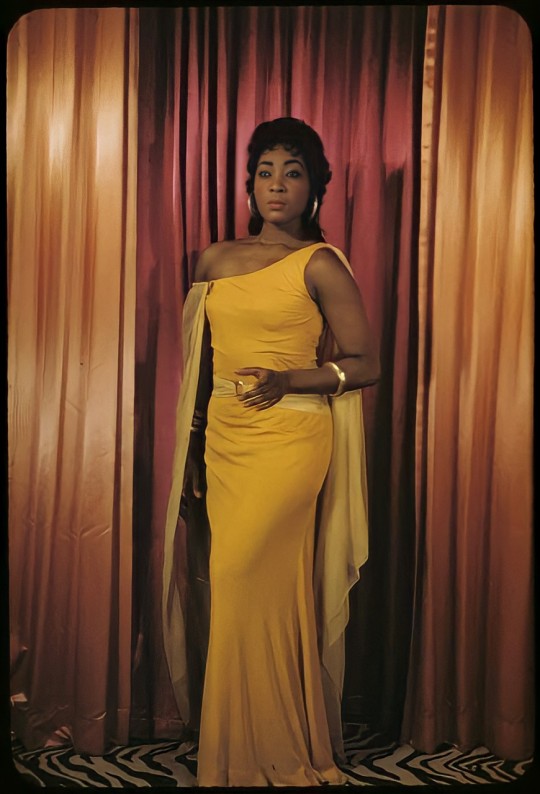

American classical soprano, Gloria Davy photographed by Carl Van Vechten.
129 notes
·
View notes
Text
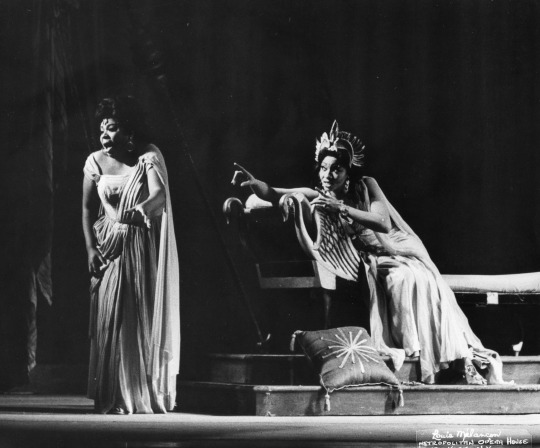
martina arroyo and grace bumbry performing aida (1972)
462 notes
·
View notes
Text
You guys are opera singers. Your voices project even when you’re whispering.
Ray (stage manager) creatively telling us to shut up in the green room.
#theatre#theater#musicals#shows#broadway#opera#operetta#die fledermaus#prelude to performance#martina arroyo
95 notes
·
View notes
Photo
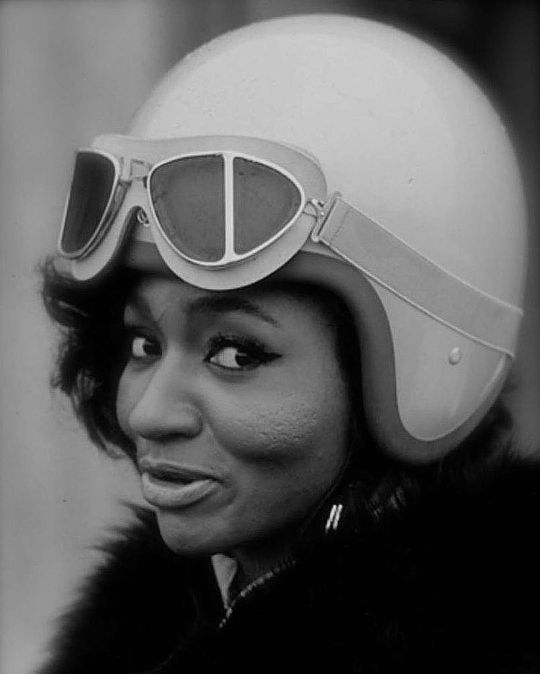
Today In History Grace Bumbry, famed mezzo-soprano opera singer, was born January 4, 1937 in St. Louis, Missouri. She was a member of a pioneering generation of singers beginning with Leontyne Price and including Martina Arroyo, Shirley Verrett, Jessye Norman, Kathleen Battle, and Reri Grist, who succeeded Marian Anderson in the worlds of opera and classical music. They paved the way for future generations of African-American opera and concert singers. Bumbry's voice was rich and dynamic, possessing a wide range, and was capable of producing a very distinctive plangent tone. CARTER™ Magazine carter-mag.com #wherehistoryandhiphopmeet #historyandhiphop365 #carter #cartermagazine #gracebumbry #blackhistory #staywoke #blackhistorymonth #history #opera #blacktwitter https://www.instagram.com/p/Cm_fnZMOFyt/?igshid=NGJjMDIxMWI=
#wherehistoryandhiphopmeet#historyandhiphop365#carter#cartermagazine#gracebumbry#blackhistory#staywoke#blackhistorymonth#history#opera#blacktwitter
93 notes
·
View notes

